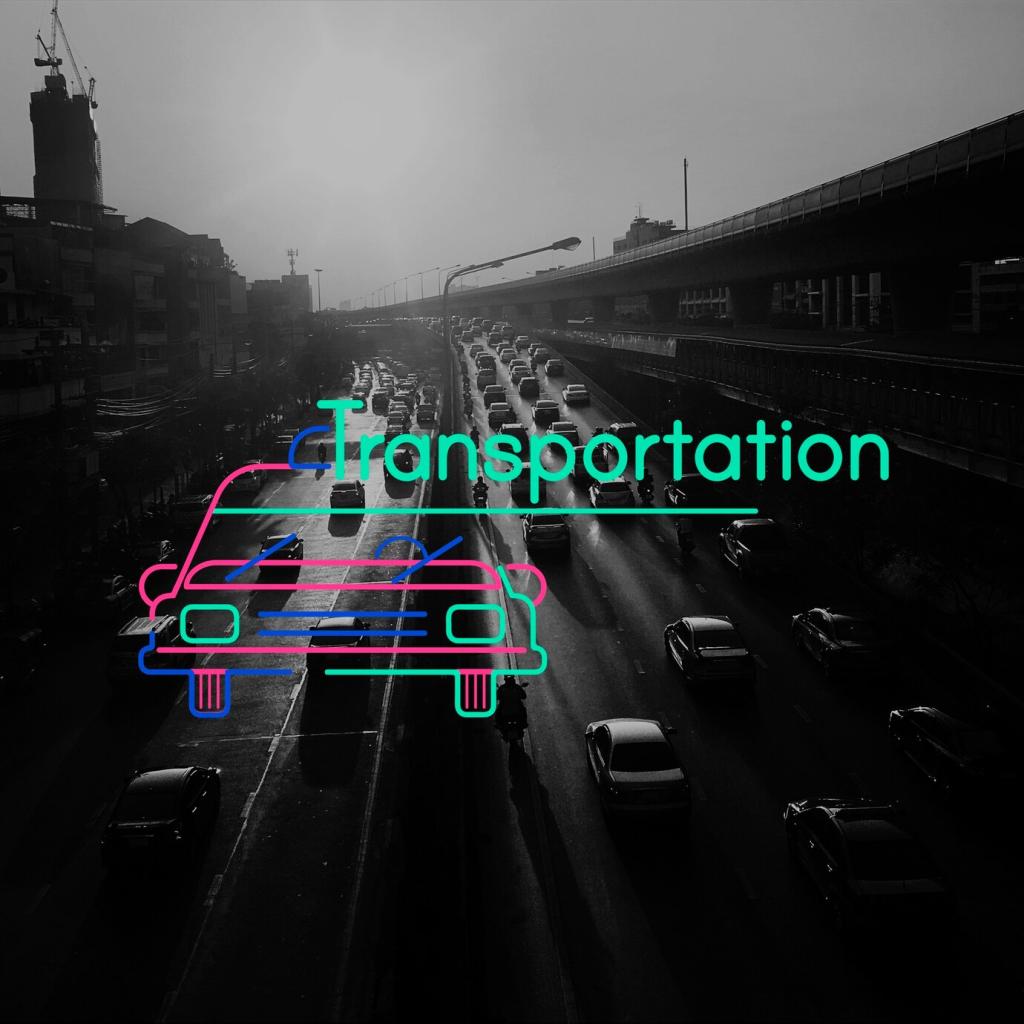Smarter Skies: AI in Air Traffic Management
Sequence models anticipate future positions using wind layers, aircraft type, climb profiles, and pilot preferences. Better predictions enable tighter spacing where appropriate, improving throughput without nudging safety boundaries in complex terminal areas.
Smarter Skies: AI in Air Traffic Management
Optimization engines advise ground delays, miles in trail, or reroutes that distribute demand across sectors. Collaborative tools let stakeholders simulate what if scenarios before agreeing on the fairest, least disruptive plan for everyone.
Smarter Skies: AI in Air Traffic Management
Storm cells morph quickly, but radar fused with satellite and lightning data helps AI recommend safer corridors. Pilots report fewer last minute deviations when decision support suggests viable alternates earlier in the briefing.











